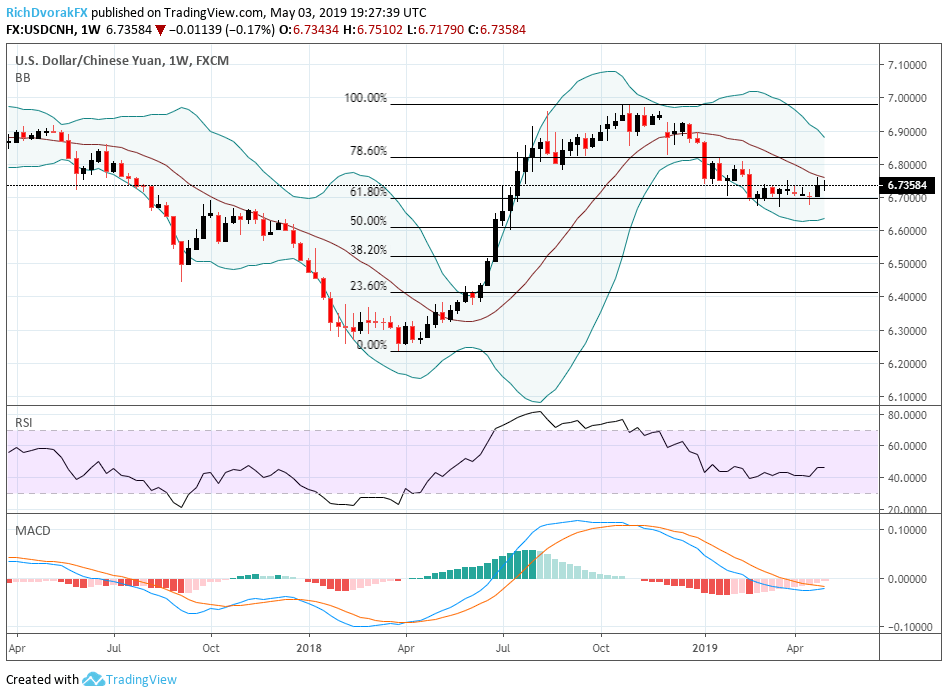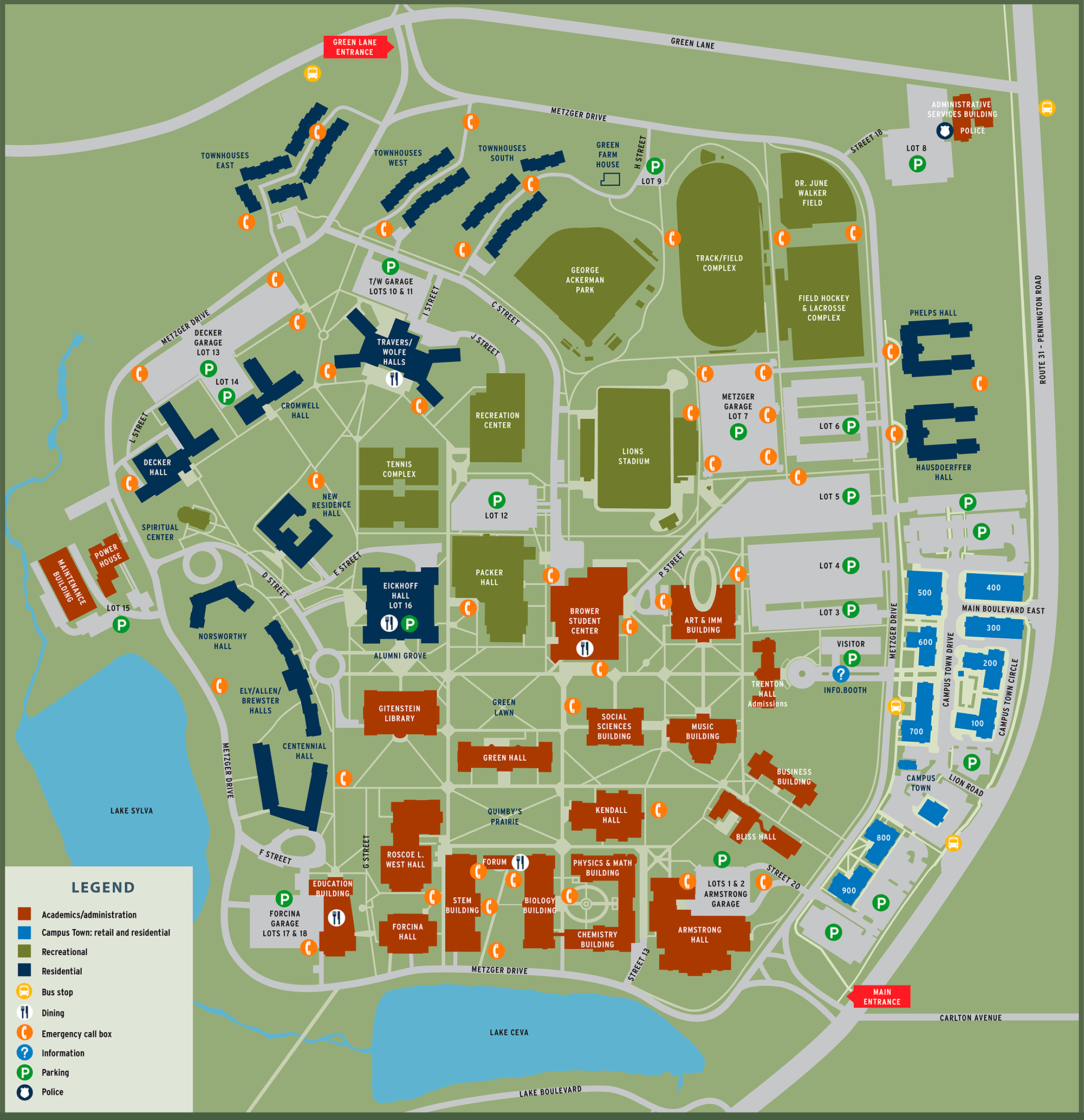Who Blinked First? US-China Trade War Resolution: A Deep Dive

Table of Contents
The Escalation of the US-China Trade War
The US-China trade war didn't erupt overnight. It was a gradual escalation fueled by long-simmering trade imbalances and disputes over intellectual property rights. The initial salvo was fired in 2018 when the Trump administration imposed tariffs on billions of dollars worth of Chinese goods, citing unfair trade practices and intellectual property theft under Section 301 of the Trade Act of 1974. China retaliated swiftly with its own tariffs, targeting key US agricultural products and other goods.
This sparked a tit-for-tat cycle of escalating tariffs, further exacerbating existing tensions. Key events leading to increased tensions included:
- Section 301 investigations: These investigations, initiated by the US, focused on alleged Chinese theft of US intellectual property and forced technology transfer.
- Technology disputes: Disputes surrounding 5G technology, Huawei's access to global markets, and broader concerns about technological dominance fueled the conflict.
Timeline of key events:
- July 2018: US imposes tariffs on $34 billion worth of Chinese goods.
- August 2018: China retaliates with tariffs on US goods.
- September 2018: Further tariff increases by both sides.
- December 2018: A temporary truce is called.
- May 2019: The US raises tariffs on hundreds of billions of dollars of Chinese goods.
- September 2019: Further trade talks lead to a stalemate.
Impact on specific industries:
- Agriculture: US farmers were particularly hard-hit by Chinese retaliatory tariffs on soybeans and other agricultural products.
- Technology: The technology sector in both countries faced disruptions due to supply chain issues and restrictions on technology transfers.
Global economic repercussions:
The trade war had a significant negative impact on global economic growth, disrupting supply chains and increasing uncertainty for businesses worldwide. Global trade volumes declined, and concerns arose about a potential global recession.
Concessions and Compromises: Analyzing the "Blinking" Point
The “Phase One” trade deal, signed in January 2020, marked a significant turning point. This agreement represented a series of concessions from both sides, though the extent to which either "blinked" remains a subject of debate.
Key components of the Phase One deal included:
- Increased purchases of US goods: China committed to significantly increase its purchases of US agricultural products, manufactured goods, and energy.
- Intellectual property protections: China agreed to strengthen its protection of intellectual property rights, addressing long-standing concerns about forced technology transfer.
Detailed examination of the agreement's text reveals:
- Specific targets for Chinese purchases of US goods over a two-year period.
- Commitments to improve enforcement of intellectual property laws in China.
- Mechanisms for dispute resolution and monitoring of compliance.
Assessment of the "blink":
Determining which side "blinked" requires careful consideration of the concessions made. While China agreed to substantial purchases of US goods, these commitments might be viewed as less of a compromise than adjusting its already expanding import market. The US, on the other hand, paused further tariff increases, a significant concession given the ongoing trade disputes. The situation suggests a strategic compromise from both sides rather than a clear "blink" from either.
Economic and political pressures:
The decisions by both countries were heavily influenced by domestic economic pressures. Slowing economic growth in China and farm bankruptcies in the US played a significant role in pushing both governments towards a deal.
The Role of Domestic and International Pressures
The resolution of the US-China trade war wasn't solely determined by bilateral relations. Domestic and international pressures played a crucial role.
Domestic political pressures:
- US: The Trump administration faced mounting criticism for the economic impact of the trade war, particularly from the agricultural sector.
- China: The Chinese government grappled with slowing economic growth and needed to maintain stability.
International influences:
- WTO: The World Trade Organization's rules and dispute settlement mechanisms played a role in shaping the context of the negotiations.
- Other trading partners: Countries around the world expressed concerns about the negative impact of the trade war on global supply chains.
Impact of economic conditions:
- Farm bankruptcies in the US: The tariffs imposed by China led to significant losses for US farmers, increasing pressure on the Trump administration to reach a deal.
- Slowing economic growth in China: China's economic growth slowed down during the trade war, prompting the government to seek a resolution to mitigate the negative impact.
Assessing the Long-Term Impacts
The US-China trade war had profound and lasting consequences.
Long-term effects on global supply chains:
- Restructuring: Companies have started diversifying their supply chains to reduce reliance on either the US or China.
- Increased costs: Disruptions in supply chains have increased production costs for businesses worldwide.
- Vulnerability: The trade war exposed the vulnerability of global supply chains to geopolitical tensions.
Impact on US-China relations:
- Continued tension: Despite the Phase One deal, significant geopolitical tensions remain between the US and China, with the potential for future trade conflicts.
- Decoupling: There's an ongoing debate about the possibility of “decoupling” – the separation of the US and Chinese economies.
- Investment patterns: Foreign direct investment patterns have shifted due to the trade war, impacting both countries.
Conclusion
The resolution of the US-China trade war involved strategic compromises from both sides, making it difficult to definitively say who "blinked" first. While the Phase One deal eased immediate tensions, it didn't resolve the underlying structural issues fueling the conflict. The lasting impact on global trade and the US-China relationship is significant, with supply chains restructured and geopolitical tensions persisting. The ongoing implications for global economics require continued vigilance and analysis. Further understanding the complexities of this crucial period requires continued research. Explore our other resources on [link to relevant content] to gain a deeper understanding of the US-China trade war and its ongoing implications for global economics. Stay informed on the evolving relationship between these two economic giants by subscribing to our newsletter for the latest updates on the US-China trade war and its future ramifications.

Featured Posts
-
 The Downfall Of The King Of Davos Exploring His Reigns Collapse
May 15, 2025
The Downfall Of The King Of Davos Exploring His Reigns Collapse
May 15, 2025 -
 The Mavericks Losses Analyzing The Impact Of Jalen Brunsons Departure Compared To The Luka Doncic Trade Speculation
May 15, 2025
The Mavericks Losses Analyzing The Impact Of Jalen Brunsons Departure Compared To The Luka Doncic Trade Speculation
May 15, 2025 -
 San Jose Earthquakes Rout Portland Timbers 4 1 Despite Mora Goal
May 15, 2025
San Jose Earthquakes Rout Portland Timbers 4 1 Despite Mora Goal
May 15, 2025 -
 Individual In Custody Gsw Campus All Clear
May 15, 2025
Individual In Custody Gsw Campus All Clear
May 15, 2025 -
 Trump Officials Push Back Against Rfk Jr S Pesticide Criticism
May 15, 2025
Trump Officials Push Back Against Rfk Jr S Pesticide Criticism
May 15, 2025
